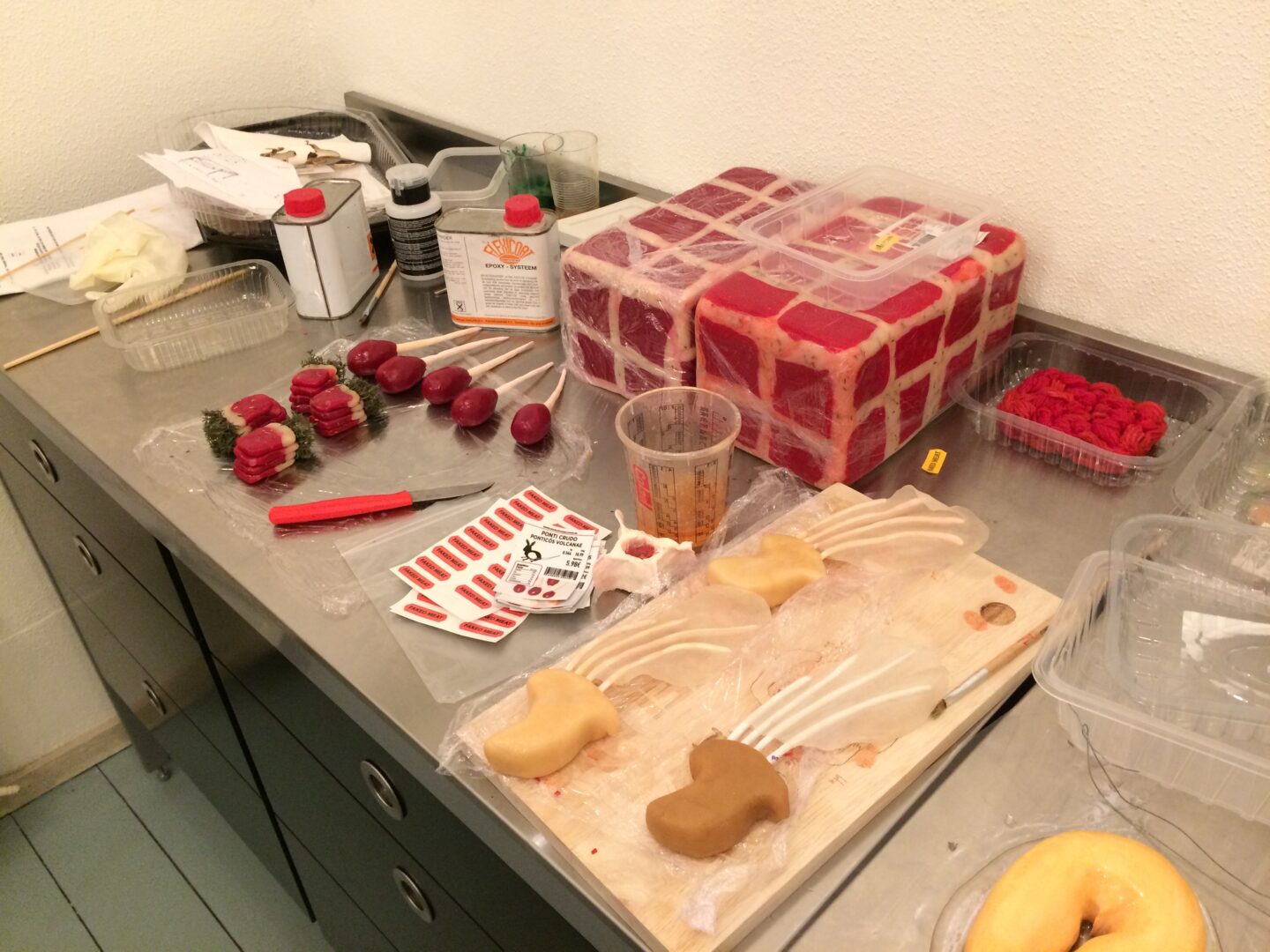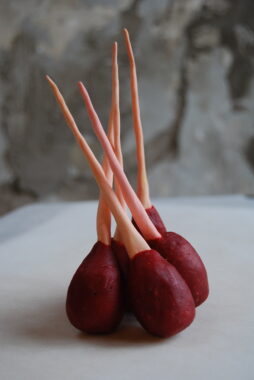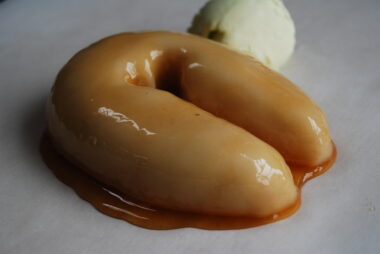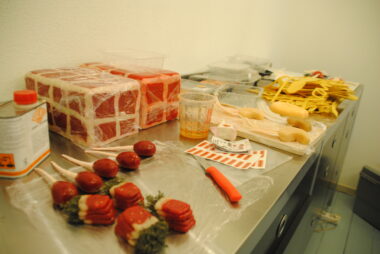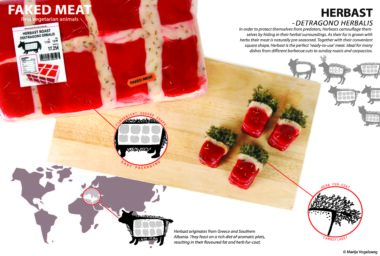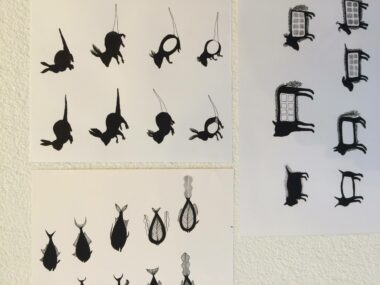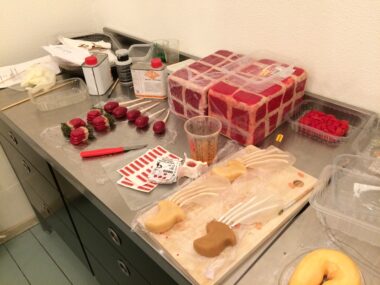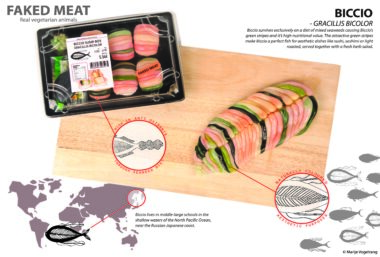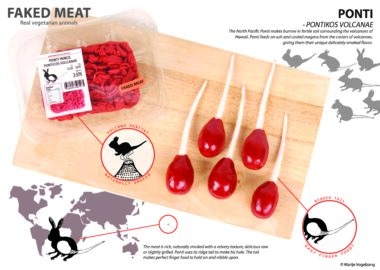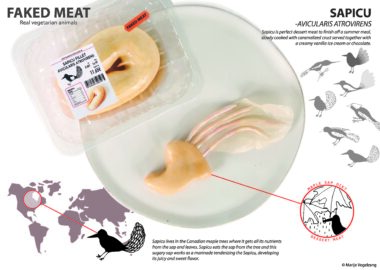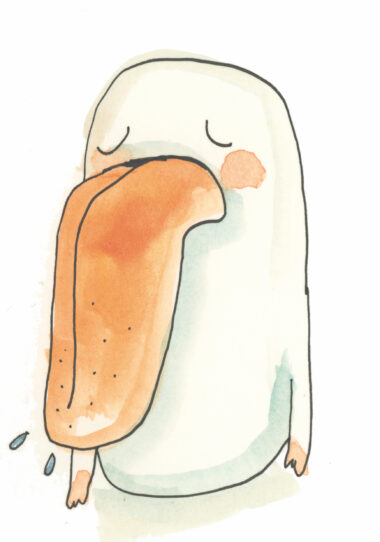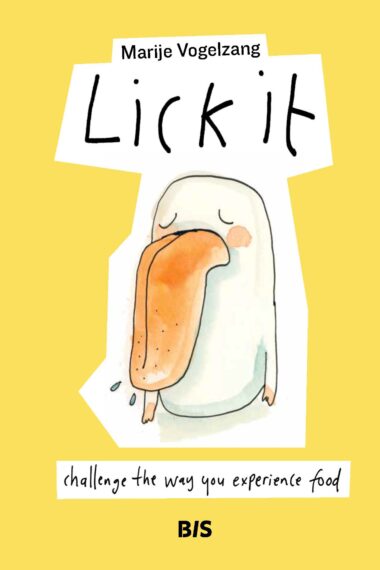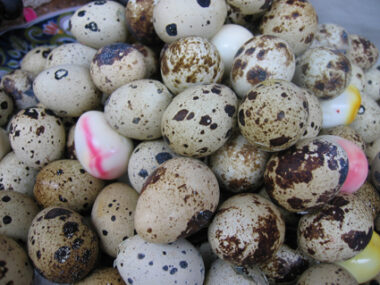Can we design vegetarian animals?
With the raise of vegetarian alternatives, a whole new supermarket section started to take shape. Vegetarian alternatives, protein-structures, predominantly made from soy, are available as burgers, sausages and schnitzels. Everything available in the original meat section can be found as a copy in the plant based meat section.
There are many reasons to eat vegan or vegetarian food. People who choose to become a vegetarian generally do not do this because they do not like the taste of meat. Finding a plant-based alternative to meat to cook similar dishes as they did before seems like a good solution. The idea of alternatives is perfect. But the idea that the alternatives are literal copies of meat is problematic in my opinion.
The moment when there are copies of an original, the connotation of a product changes. The original is ‘real’ and more valuable and the copy is less valuable. Copies of a Rembrandt painting might be exactly the same as the original, but still remain inferior.
When meat is the original and therefore superior, the alternative is the copy and therefore inferior. Copies will always be compared to the original and so the copy will always need to fight against the superiority of the original. Regardless of objective superiority.
Since our starting point is meat, the taste and structure of meat is our base referral for everything that comes to the market as an alternative. If meat would be the alternative, it might be the other way around.
People who choose to not eat meat are doing something good for the world. They should have the feeling they are choosing the superior option. When the comparison remains between meat and alternative, in most cases, meat wins. What if we can create a new option that still fulfils its function as a meat replacement, but that starts a new narrative that, when compared to the narrative of the original (industrialised meat production) creates a more pleasant choice.
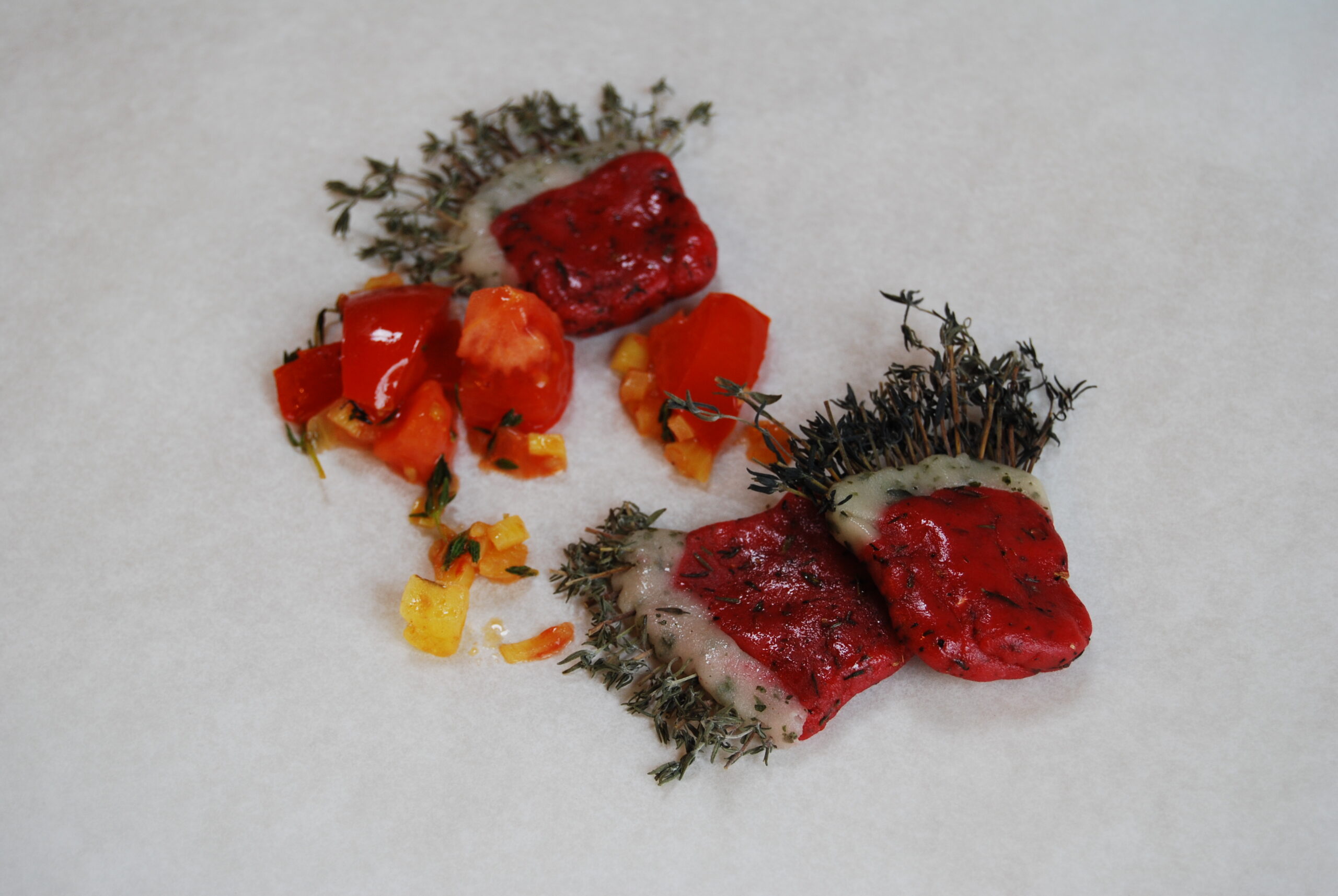
Sonja Stummerer and Martin Hablesreiter Honey and Bunny productionsMarije is one of the founders and leaders of the international food and eating design scene. She is an expert and she is one of the most talented designers we have ever met. Her deeply emotional approach and her poetic projects are very inspiring for us.
So, if we do have soy protein which you can make into any shape, why don’t we invent new animals? The fantasy animals I created have a habitat, lifestyle, and diet. These factors influence the design and taste of the meat. For example, the Ponti lives in empty volcanoes and nibbles on the ashes of the volcano. Therefore the meat of the Ponti is delicately smoked. Also, they need to make burrows in the firm magma layers of the volcano and they use their firm tails to do that. These firm tails make the Ponti a perfect party snack because you can simply pick it up by the tail and keep your fingers clean. Every faked meat animal has certain qualities derived from their habitat and diet. The Herbast, for example, lives in the herbal fields of southern France and needs to camouflage itself for protection against predators. The square-shaped animal grows herbs on its skin like fur and therefore the meat of the Herbast is naturally pre-seasoned.
The Herbast is square-shaped, which is perfect for packaging, transport, and provides for an even share at the dining table.
Faked meat
A self-initiated project
consisting of 4 fantasy animals.
Presented at
Many places.
Many times.

